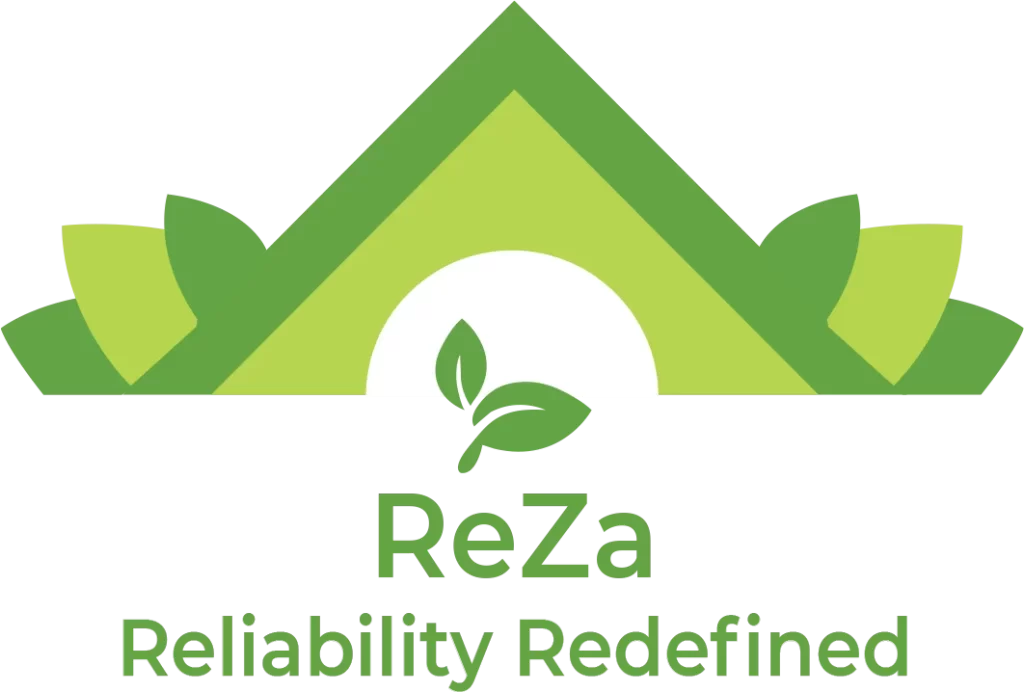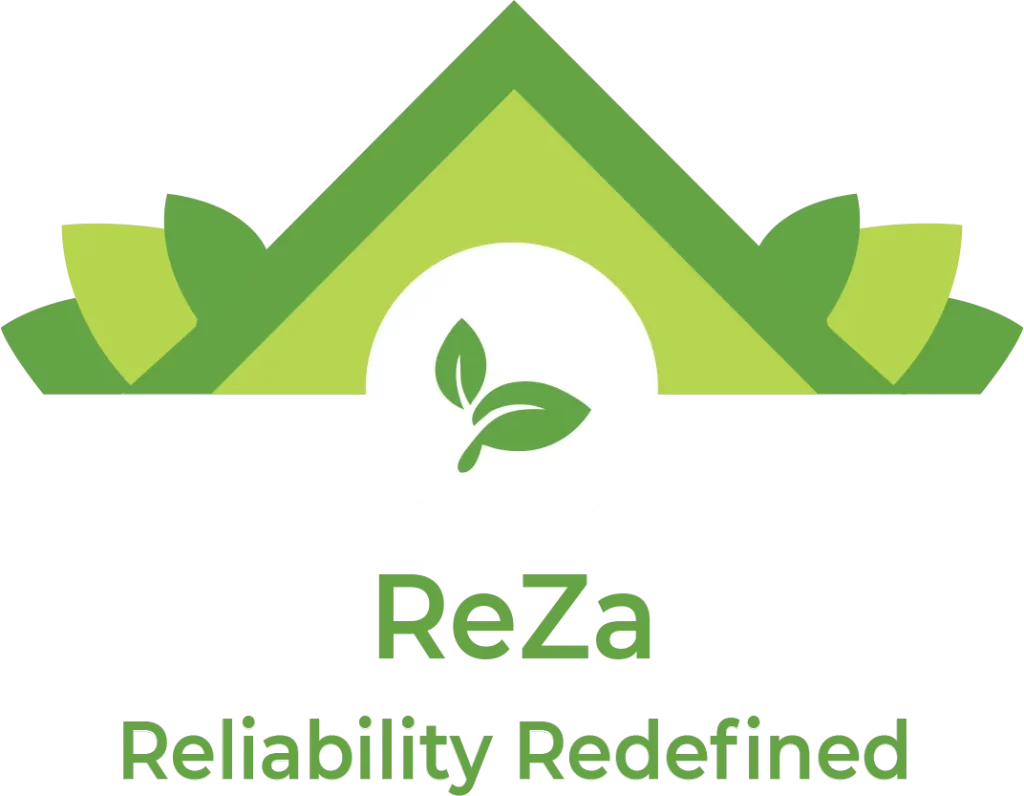Eco Friendly Roofing Sheets for Your Home
Power consumption in a home is reduced by the higher heat uptake and loss resistance of environmentally friendly roofing shingles. The price of repairs and replacements is decreased since they also guarantee exceptional longevity. You must take a lot of environmental aspects into account when selecting eco friendly roofing materials. Price and aesthetics are important additional factors to take into account since the roof will dominate your home’s exterior look and roof shingles account for approximately 4% of the cost of building a new house.
What Constitutes an Eco Friendly Roof?
Energy-Efficient
It’s crucial to note that an eco-friendly roof improves a home’s energy efficiency by minimising heat gains and losses because 10-15% of a home’s heat loss happens via the roof.
Durability
An ecologically sustainable, long-lasting roofing material keeps its integrity against moisture, wind, fire, flying debris, snow, ice, and hail throughout the duration of its anticipated life. A strong roof will last longer, reducing the need for early replacement and the demand for landfill areas.
Embedded Power
Embodied energy is the overall energy used to make the roofing product, including energy used in mining, processing natural resources, using locally sourced components, and energy used in transportation and distribution of the finished product.
Reusing and recycling
Utilizing recycled materials should be a part of the production of eco-friendly roof tiles. To reduce, if not completely eliminate, landfill trash, environmentally friendly roofing should also strive towards 100% reusability.
Constitute a Healthy Ecosystem
Eco-friendly roofing materials don’t release or emit poisonous chemicals into the atmosphere during manufacture or after being installed on a roof system, which can have a negative impact on the environment.
Options for Eco Friendly Roofing
1. Roofs that are cool (white)
One of the roofing industry’s fastest-growing subsectors, cool roofs, are made of a combination of white gravel and white adhesive. As a result of the mixture’s ability to reflect solar energy, less heat will enter the home, necessitating less air conditioning. Less demand for electricity from coal-fired power plants will result in less hazardous mercury, acid gases, and metal pollutants. However, installing a cool roof is expensive. Additionally, cool roofs will only function in areas that receive a lot of sunlight and heat. Mold can develop on a cool roof in places with high humidity and temperatures, which might harm the roof’s appearance and structural stability.
2. Metal Roofing
A strong roof system with a 50-year lifespan can be produced using recycled metal items (including existing metal roofs) or new metal materials. Similar to cool roofs, metal roofs have reflecting qualities that deflect solar radiation away from the residence, lowering cooling expenses and, thus, lowering the number of pollutants released by coal-fired power plants. But metal roofing is less environmentally friendly due to a number of issues:
- Carbon dioxide (CO2) is released into the atmosphere during metal manufacturing. Temperatures increase as a result of more CO2 absorbing sunlight and solar radiation from the Earth’s surface (global warming).
- Some metal roofs have coatings made of zinc or copper. These metals can wash off the roof and enter surrounding water sources at trace levels, harming aquatic life. During a strong wind event or hailstorm, noisy metal roofs may easily get dented and damaged, endangering the integrity and lifetime of the roof structure. Without adequate insulation, exposed metal transmits heat, overheating the metal roof.
3. Living Roofs
Living roofs provide homeowners with a distinctive, environmentally responsible roofing choice by transforming rooftops into genuine gardens. Additionally, they control local air quality, reduce runoff from rain, and moderate local temperatures. Costly and heavy upkeep are associated with living roofs. To sustain the extra weight, the substructure of the house will also require additional (and costly) support.
4. Faux Cedar Shakes:
A superior, eco-friendly, longer-lasting, and low-maintenance alternative to cedar shake shingles is synthetic cedar shake roofing that looks and feels much like real cedar shake roofing. When properly installed, faux cedar shakes, such as Brava’s Cedar Shake, may endure up to 50 years and withstand impact, fire, strong winds, rain, snow, and ice.
- The Class 4 impact grade of faux cedar roofing means that it is resistant to hail, falling branches, and foot activity.
- The highest fire rating that is feasible is Class A, which they have. When subjected to high winds, intense heat, or freeze/thaw cycles, synthetic cedar roofing doesn’t crack, warp, or chip, preventing water and insect damage to the roof and building structure.
- Because it doesn’t absorb water, synthetic cedar roofing also resists mould damage.
- Despite the intense heat and freeze/thaw cycles, synthetic cedar roofing tiles maintain their structural integrity.
- In order to reduce the amount of building materials dumped in landfills, Brava produces faux cedar shakes that are manufactured completely of recycled plastic (polymer) and other fully sustainable items. Additionally, the energy used to cut down trees for cedar shake production is saved via recycling shakes.
5. Corrugated Roof
For a stylish and long-lasting material, corrugated roofing blends technology and aesthetics. While still maintaining its ability to keep heat inside the house, corrugated roofing can withstand strong winds because of its design.
For individuals who live in cold areas and want to keep their heating expenses down, this makes it a perfect option.
6. Clay Tiles
Clay tiles are attractive and resistant to fire and insects. They reflect heat and provide a house with more insulation. But they are prone to breaking, and their goods have a harmful impact on the environment.
Conclusion
It’s easy to become bogged down by alternatives when it comes to choosing the best material for your eco friendly roofing job. It’s crucial to choose the solution that best fits your project’s schedule, finances, and home-related objectives.
Check out the unique roofing alternatives at www.roofmyworld.com if you’re seeking a bit more advice about which roof type is the best option for your house.

